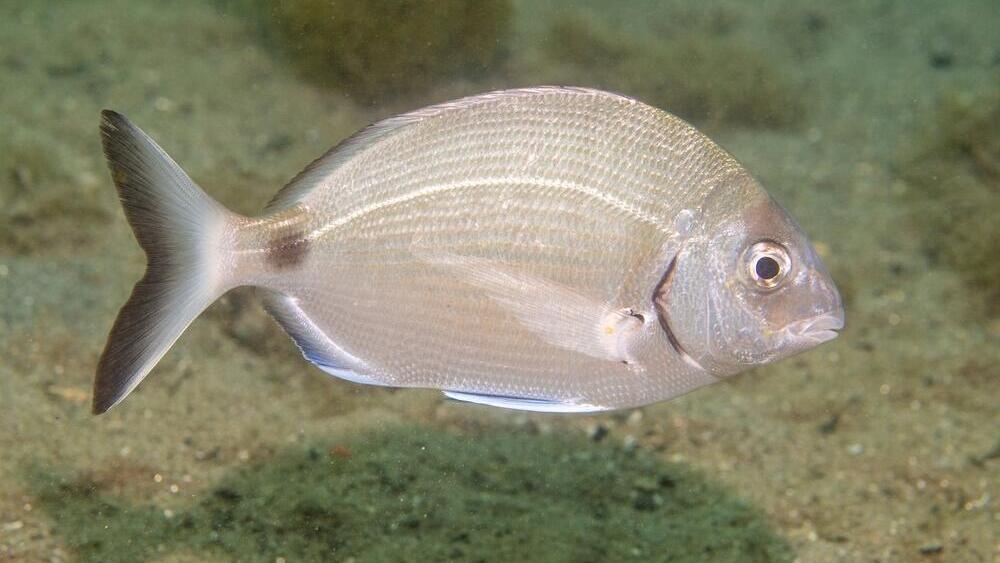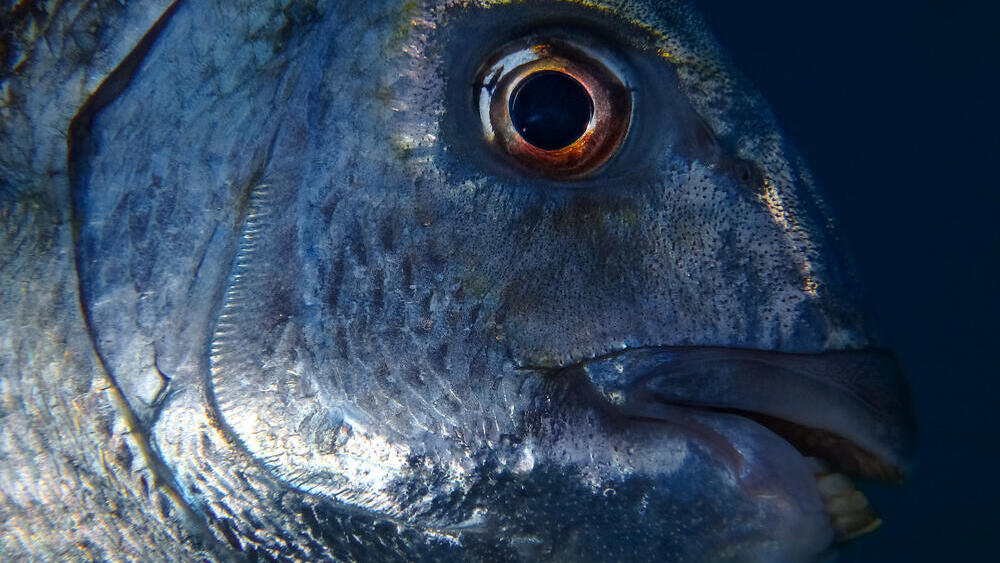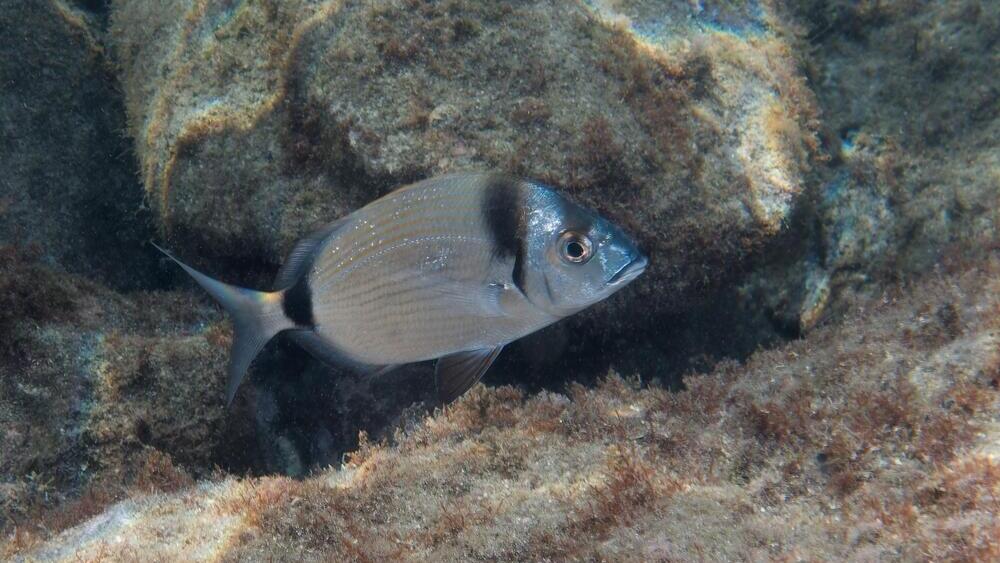Getting your Trinity Audio player ready...
Sargo fish
(Video: Dr. Shevy Rothman)
If you've entered the Mediterranean Sea worrying about jellyfish stings, there's another factor that might be painful in the Israeli waters - sargo fish, who bite swimmers likely because they mistake them for something else.
In recent years, the phenomenon of sargo biting swimmers' legs has increased on Israeli beaches during the summer. It’s speculated this is due to climate change and the warming of sea levels, though these are cautious estimates and aren’t definitive as of today.
It's possible that the warming of sea waters has led to an earlier period where young sargo are found in the water, but they’re large enough for the bites to be unpleasant. Additionally, the warm waters slightly alter the fish's behavior and eating habits, but these are only working hypotheses for now.
"This isn’t an invasive species, but a common local fish that searches for its food in rocky environments and the seabed. They were here before us, and this is their natural habitat," explained Dr. Nir Stern, a fish researcher at the Israeli Oceanographic and Limnological Research Institute (IOLR).
According to him, the fish that bite are the young ones who don't know how to distinguish between their food, rocks, or swimmers' legs, leading them to trial and error which disappears with age. "These are very small fish, ranging from 3 to 10 cm in length. Once they learn our feet aren’t food, they stop biting. Therefore, it isn’t a danger to the public," he added.
The fish species live in rocky environments, so they may not be found on all Israeli beaches. "Sargo species won't come to sandy beaches, but ones that have rocks that provide shelter for them. There’s no preventive treatment for these bites, though a wetsuit might help since it covers the leg," Dr. Stern explained.
Dr. Shevy Rothman, curator of the fish and aquatic parasites collections and a fish researcher at the Steinhardt Museum of Natural History, also touched on the issue of the biting fish.
"Young sargo, like other fish species, sometimes feed on dead skin or the slime that coats fish and other larger marine animals," she said. "The young sargo find shelter in shallow waters, mainly on protected beaches, and mistakenly try to 'clean' swimmers' leg skin.
“They may be particularly attracted to existing wounds and mistakenly identify exposed tissue as food. When sargo grow, they leave the shallow waters and move to deeper ones past where swimmers stand, and to rocky areas."
According to her, it will be harder for the sargo to bite if someone in the water moves, so static swimmers might feel the fish's bites more frequently. "This phenomenon also exists in Eilat, where a fish called Abudefduf vaigiensis does something similar. It's not dangerous, but it can become a wound in a marine environment, which could become infected, so it's important to pay attention to prevent it," added Dr. Rothman.
The phenomenon isn’t unique to Israel. In the famous Benidorm Spanish resort, located in Alicante province and nicknamed the New York of the Mediterranean due to its many skyscrapers, bathers were warned about attacks by Saddled seabream (Oblada melanura), which also belongs to the Sparidae family.
Reports originating there indicate the Mediterranean Sea has become unusually warm, increasing the frequency of reported biting cases. A similar phenomenon was recorded on Istria’s beaches in Croatia.
Professor Jakov Dulcic from the Institute of Oceanography and Fisheries in Split, Croatia, said this isn’t a new occurrence but one that repeats itself every summer, with a fish highly attracted to open wounds and even shiny jewelry worn by bathers.
A similar trend is recorded in the Aegean Sea (including Greek beached), according to Dr. Paraskevi Karachle from the Hellenic Center for Marine Research.







